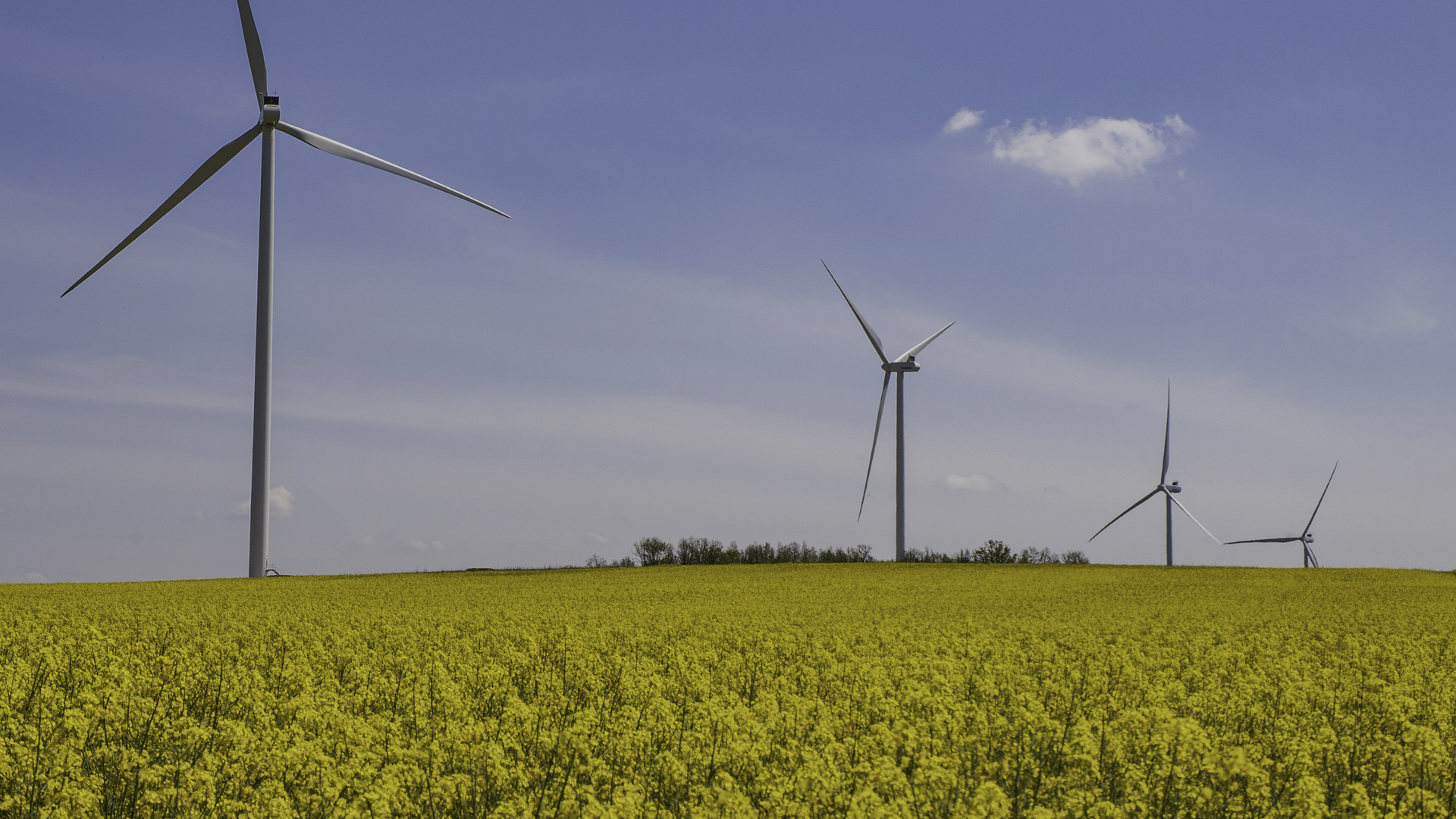28.06.2019 | How much potential is there in Swiss hydropower?
Renewable, but not infinite
Some 60 per cent of the power produced in Switzerland comes from hydropower. According to the Federal Energy Strategy 2050, annual power production from hydropower must be increased from 35.9 TWh to 38.6 TWh by 2050. However, from an expert perspective it is questionable whether this goal can be achieved. Technical, political and financial reasons pose heavy constraints.
However, clearly hydropower is the most important source of Swiss power supply. And clearly: The potential of this nearly CO2-free power production has been largely exhausted. The government also sees it that way. The Energy Strategy 2050 foresees an expansion of hydropower, but only a modest increase of seven per cent. Even here experts have serious doubts.
Production could drop rather than increase.
The Swiss Federal Office of Energy (SFOE), the Swiss Water Management Association (SWV) and the ETH Zurich (ETHZ) are conservative in their estimates for hydro production in 2050. The worst case scenarios foresee production between about 31 and 31.9 TWh per year, which is clearly below the current level. Likely scenarios anticipate production between 35.4 and 37.8 TWh per year. The reason for the conservative estimates: Depending on interpretation, the water conservation rules for residual water quantities could result in production shortages. Experts' best case scenarios support the expansion targets of the Energy Strategy 2050 to some extent. While SWV and ETHZ expect sufficient production of 40.6 and 41.6 TWh per year respectively, the SFOE's best case scenario falls short of the expansion target with 37.7 TWh.
Where the potential lies
Where is there potential for the expansion of Swiss hydropower? ETH Professor Robert Boes, Head of the Laboratory of Hydraulics, Hydrology and Glaciology, examined this issue. He identified four options:
- New power plant construction
- Optimisation of run-of-river power plants on Central Switzerland's rivers
- Hydropower potential in glacial environments
- Production shift in the winter with elevated dams
With the new construction of large- and small-scale hydropower plants, 1.4 to 2.6 TWh per year could be harnessed. However, in view of the current uncertain profitability of domestic hydropower, the construction of new plants is hardly an option. In addition, ecological obstacles stand in the way since new power plants always have impacts on nature and landscape. By optimising existing run-of-river power plants 0.6 to 1.1 TWh per year could be achieved – however, profitability is an issue. If the elevation of existing dams were increased, between 1.7 to 2.8 TWh per year could be shifted from summer to winter depending on the scale of implementation.
New power plants thanks to climate change?
New storage potential also lies in so-called periglacial hydropower. This refers to new power plant locations that have become possible owing to glacial retreat. Robert Boes identified seven locations: The Aletsch, Görner, Grindelwald, Höfli, Rhone, Roseg and Trift glaciers. If power plants were built at all these locations, they could produce about 1.1 TWh of electricity per year. Theoretically of course, because it is not difficult to imagine the opposition against power plants in these regions, e.g. at the UNESCO World Heritage Aletsch Glacier...
Conclusion: Expansion potential for already heavily utilised hydropower is and will remain limited – due to technical, financial and political reasons.

